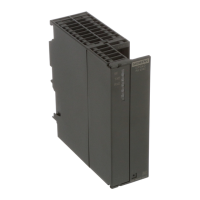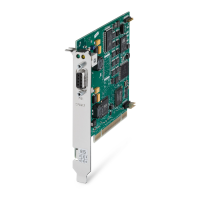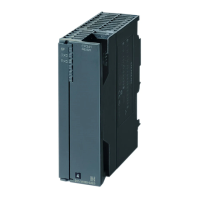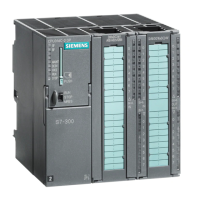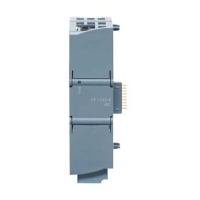Using the Command Interface
69
DP/AS-Interface Link 20E
Release 11/2002
C79000-G8976-C138–04
Table 3-1 Coding of the Status Nibble, continued
Status nibble (1st byte of
the digital input data)
Meaning
0 0 0 1 Command processing is completed. With an asynchronous read job, a
2-byte return value can be fetched by the AS-i master. Two situations
must be distinguished:
The return value is 0: A command without response data was completed
without error
The return value is a value not equal to 0: The command was terminated
with error.(See Table 3-3)
A new command can be triggered by the user program
0 0 1 1 Command processing was completed without error. Using an
asynchronous read job, 1 byte of response data can be fetched by the
AS-i master.
A new command can be triggered by the user program
0 1 0 1 Command processing was completed without error. Using an
asynchronous read job, 4 bytes of response data can be fetched by the
AS-i master.
A new command can be triggered by the user program
0 1 1 1 Command processing was completed without error. Using an
asynchronous read job, 14 bytes of response data can be fetched by the
AS-i master.
A new command can be triggered by the user program
1 0 0 1 Command processing was completed without error. Using an
asynchronous read job, 16 bytes of response data can be fetched by the
AS-i master.
A new command can be triggered by the user program
1 0 1 1 Command processing was completed without error. Using an
asynchronous read job, 32 bytes of response data can be fetched by the
AS-i master.
A new command can be triggered by the user program
1 1 0 1 Command processing was completed without error. Using an
asynchronous read job, 56 bytes of response data can be fetched by the
AS-i master.
A new command can be triggered by the user program
1 1 1 1 Command processing was completed without error. Using an
asynchronous read job, 221 bytes of response data can be fetched by the
AS-i master.
A new command can be triggered by the user program
0 1 0 0 Job processing is completed. The response data or the return value of the
previous job have already been read by the user.
A new command can be triggered by the user program
